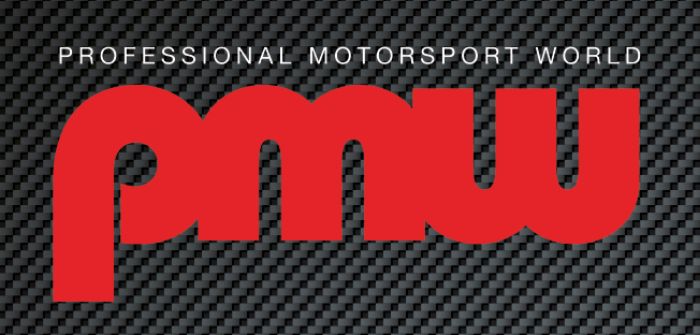3D Systems has announced that Rodin Cars and Stewart-Haas Racing will use its plastic and metal 3D printing solutions to improve speed and performance in their cars.
With the help of the 3D Systems technology, the two teams are able to rapidly create durable parts, including design and prototyping with faster iteration, and production. This enables quicker time to implementation, and lower total cost of operation.
Rodin Cars will use 3D Systems’ direct metal printing (DMP), selective laser sintering (SLS) and stereolithography (SLA) technologies to design, develop and build maximum-performance open-wheel cars for racetracks.
“The extreme conditions of track racing leave no room for error,” said David Dicker, founder, Rodin Cars. “Many components that we manufacture in-house have geometrical complexities that only 3D printing can provide. What we’re able to accomplish through the breadth of solutions offered by 3D Systems’ printers is second to none, providing build-speed and design advantages that are hard to match.”
The high-performance manufacturer plans to use the sPro 230 for SLS production parts, the ProX 800 for SLA tooling for carbon fiber forms with 3D Systems’ Accura Bluestone material, and the ProX DMP 320 with 3DXpert for titanium production parts of exhaust collectors and mufflers, uprights and hubs, as well as a wide range of component mount brackets.
As a result, Rodin Cars is able to quickly manufacture full-size prototypes as well as production components without the need for tooling. It is also able to advance complex design concepts, and produce lighter weight metal parts not manufacturable in any other way.
Stewart-Haas Racing will use 3D scanning with 3D Systems’ Geomagic Wrap reverse engineering software and the ProX 800 printer to produce aerodynamic components for race car component development and wind tunnel testing. For a NASCAR team, perfecting automotive components designed to increase speed and performance is a vital ingredient for success.
Geomagic Wrap is used to collect scan data from the car components, process it, and create .stl files for shape deviation comparison. 3D Systems’ 3D Sprint software is used to prepare and optimize the CAD data and manage the additive manufacturing process on the ProX 800. Using 3D Systems’ Accura 25 material, Stewart-Haas Racing’s engineers will be able to rapidly print large parts with a smooth surface finish and precise dimensional accuracy.
“Everything we do is related to putting more speed into our cars,” said Reneau Van Landingham, aerodynamic design group manager, Stewart-Haas Racing. “Our most valuable asset is time. The faster we can develop concepts that improve the performance of our cars on the track, the better. The ProX 800 plays a big role in this effort because it enables us to produce parts efficiently and accurately during this development process.”



